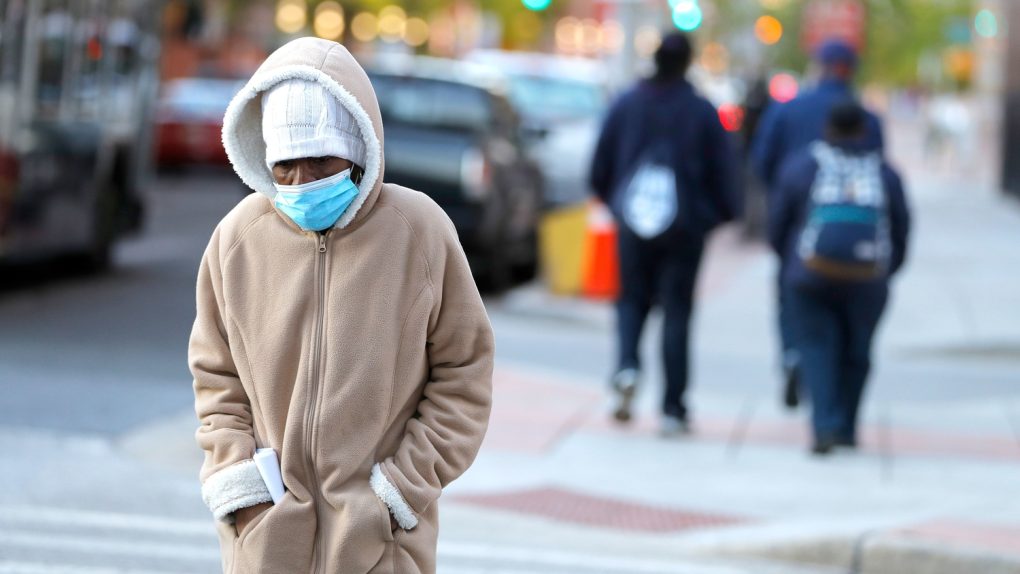- Coronavirus symptoms do not have to be present for a person to be contagious.
- Asymptomatic carriers can shed the virus, which means they can eject infectious particles that contain the pathogen.
- A new study revealed that an asymptomatic carrier placed in isolation in China spread the virus to objects in the room. This is proof that asymptomatic carriers can transmit COVID-19 to others.
Remember when the World Health Organization (WHO) said that asymptomatic coronavirus patients can’t spread the virus, only to retract the statement almost immediately? Sadly, some people may not have received the full, correct message. The novel coronavirus is so devious that not all people start showing signs upon infection. The body still has to deal with the disease, and a variety of studies have shown that the lungs of asymptomatic patients had damage similar to pneumonia as well as a lower count of white blood cells (lymphocytes). But the person could feel fine and continue to behave as if they were not infected. Only a PCR test would confirm the COVID-19 diagnosis, and if you don’t have any symptoms, you’re less likely to get one.
The recent surge in COVID-19 cases in several US states and other countries indicates that some people aren’t protecting themselves correctly, risking exposure to the virus now that economies are reopening. It’s unclear to what extent the asymptomatic carriers might be a part of that, but there’s a brand new study that proves they can shed the virus. Traces of the virus was found on surfaces in a hospital room where an asymptomatic patient was isolated, showing conclusively that asymptomatics can spread the infection.
Researchers from the Sichuan University in Chengdu, China, studied 13 patients who had returned from overseas and were placed in isolation after testing positive. Two of them were asymptomatic. All patients occupied six negative-pressure rooms in a hospital ward, and the researchers studied various surfaces in their bedrooms and bathrooms during their stays.
Samples were collected from “bedrails, room and toilet door handles, light switches, foot flush buttons, sink rims, sink and toilet bowls and drains, and […] surfaces of bedside tables, bed sheets, pillows, equipment belts on walls, floors, and air exhaust outlets.” The researchers found that 44 sites out of 112 tested positive for the SARS-CoV-2 virus. Air samples from all rooms were negative.
The researchers found traces of the virus in a room with an asymptomatic patient. “[In] a single room with an asymptomatic patient, four sites, including the bedrail, pillow, bedsheet, and air exhaust outlet, were SARS-CoV-2 positive,” the researches wrote. “This highlights that asymptomatic COVID-19 patients can contaminate their surroundings and therefore, that persons who have direct contact with them such as their family members and health care workers can be exposed to SARS-CoV-2.”
In other words, if virus traces from asymptomatic people can be found around them, then they are indeed contagious and they pose a risk to anyone around them. The risk might be smaller than with people who develop symptoms, but it’s still a risk.
The study advises that shelter hospitals may be a better option for asymptomatic patients than isolation at home, in order to reduce the risk of transmission. This may be easier said than done in most places, especially in regions dealing with massive outbreaks where every hospital bed matters.
In practice, unless they’re tested, asymptomatic people will never know they have the disease. The best way to prevent the spread of COVID-19 is to wear a face mask while in the presence of other people. It could prevent you from getting the illness from an asymptomatic carrier, and stop you from infecting others. After all, anyone can be asymptomatic.
The full study is available in the American Society for Microbiology.








